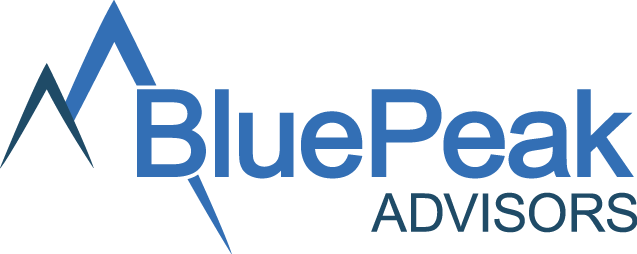Since its passage, the Inflation Reduction Act (IRA) of 2022 has ushered in changes to the Medicare Part D benefit each contract year (CY) and 2025 is no different. Now that plan sponsors have submitted their Calendar Year (CY) 2025 bids, efforts must shift to ensuring that plan operations are compliant with the updated requirements.
Comprehensive year-end testing across all formulary, benefit, and transition areas is critical to effectively navigate the changes for CY 2025 and to ensure a compliant and successful new plan year.
As a reminder, the Part D benefit changes that going into effect for CY 2025 include the following:
- Standard Part D benefit design with three phases: annual deductible, initial coverage, and catastrophic coverage
- Annual out-of-pocket (OOP) threshold capped at $2,000.
- Sunsetting of the Coverage Gap Discount Program (CGDP) and establishment of the Manufacturer Discount Program (Discount Program)
- Change in financial liability for enrollees, Part D plan sponsors, manufacturers, and CMS.
- Implementation of the Medicare Prescription Payment Plan
-
- Benefit Design / Calculations:
- Maximum OOP Threshold: Testing should validate that once beneficiaries incur $2,000 in OOP costs their cost-sharing is reduced to $0. Part D plan sponsors should be able to identify which costs do and do not count as TrOOP-eligible costs. Note: The IRA amended the definition of incurred costs to include costs incurred for covered Part D drugs that are reimbursed through insurance or a group health plan (e.g., supplemental Part D coverage provided by enhanced alternative (EA) Part D plans and other health insurance (OHI)), excluding basic prescription drug coverage.
- New Manufacturer Discount Program: With the end of the coverage gap discounts, plans should ensure test cases include scenarios to evaluate accumulations and out of pocket costs including low-income subsidy (LIS) and non-LIS members as well as all applicable types of manufacturers.
- Vaccines and Insulins: Validate all Advisory Committee on Immunization Practices (ACIP) recommended adult vaccines and applicable insulin products are calculating appropriate cost-sharing, subsidies, and any applicable discounts.
- Medicare Prescription Payment Plan (M3P):
- Validate ‘likely to benefit’ messaging will trigger at the appropriate $600 cost-share threshold.
- For participants of the M3P program, testing should include:
- Validation of claims are calculating the appropriate cost-sharing, subsidies, and any appliable discounts.
- Review of participant financial elements reconcile with expected amounts.
- Validation of all member materials (Likely to benefit, Notices of Election and Termination, and billing notices) to ensure accuracy.
- Formulary Compliance:
- Scenario Testing: Test scenarios involving all formulary products to ensure accuracy and compliance to the CMS-approved formulary.
- Transition Policies: Ensure that transition policies are in place for beneficiaries affected by formulary changes, particularly those involving high-cost medications.
- Benefit Design / Calculations:
The upcoming changes to the IRA present both challenges and opportunities for plan sponsors. By prioritizing thorough year-end testing and adopting best practices observed throughout the Part D industry, sponsors can ensure they remain compliant and continue to deliver high-quality care to their beneficiaries. Effective scenario planning, stakeholder involvement, continuous monitoring, regular training, and industry benchmarking will be key to navigating these changes successfully.
Feeling overwhelmed? Let BluePeak do the heavy lifting.
Contact info@bluepeak.com to learn more about our year-end testing solutions.
